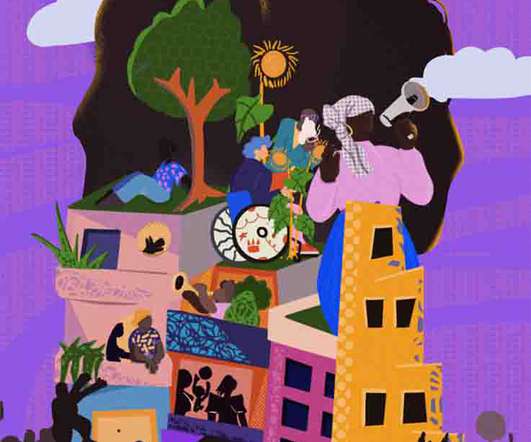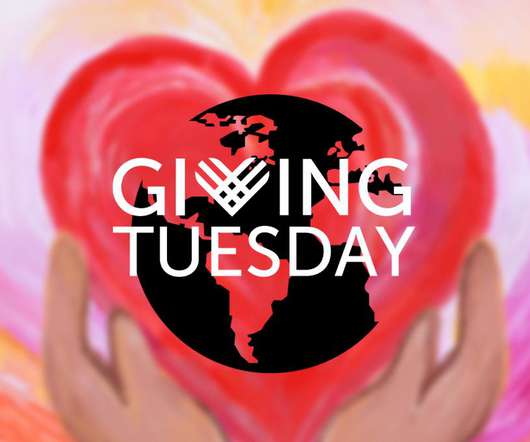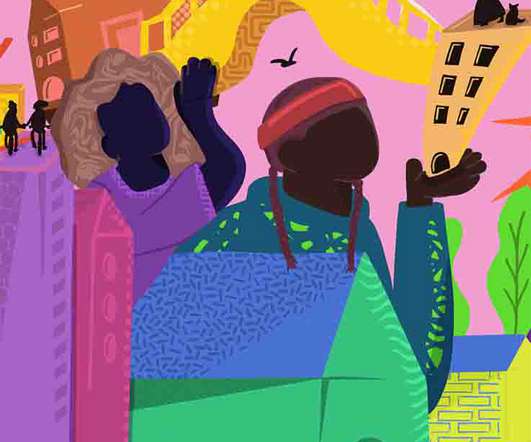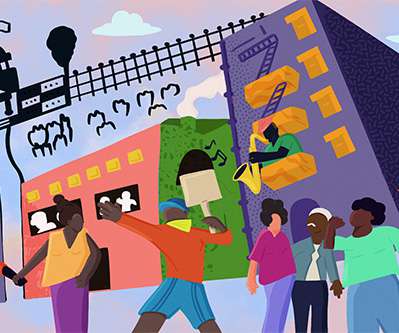Zero-Problem Philanthropy
Stanford Social Innovation Review
OCTOBER 16, 2023
CNN recently reported that “California has spent billions to fight homelessness. For example, the Australian Medical Association’s recent health vision is a departure from a tradition of what they call “sickcare” to a genuine health care. instead prioritizes creating and sustaining health over curing diseases. Medicine 2.0




















Let's personalize your content